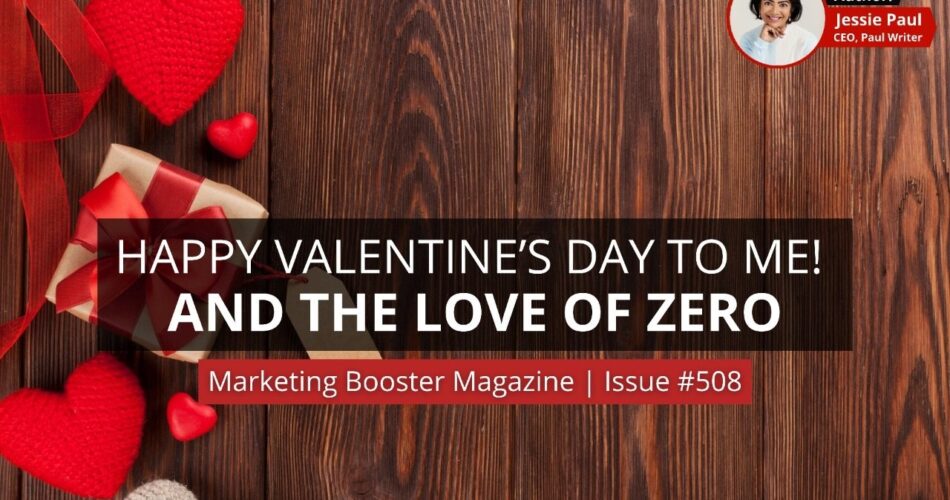The world has intruded so much into our private space and time that we have to consciously carve out time to heal ourselves, to pay attention to nature, to disconnect from the cacophony of calls and demands.
And where there is an opportunity, there is a marketer. I have a paid subscription to Headspace, though I confess I have rarely gotten around it using it.
Bella Hadid has talked about dealing with anxiety, stress and why she decided to stop drinking. All great examples of self-love. But she has also talked about investing in a non-alcoholic beverage brand Kin Euphorics…hello, marketing angle!
Gwyneth Paltrow runs a wellness inspired brand Goop which has a wonderful selection of products for Valentine’s day. Caution: Read the list in a private space, some are not exactly office reading.
India seems way more traditional in its choices with a google search throwing up only one really offbeat self-love choice of the unfortunately named “Vampire Facelift”. Marketers and celebrities clearly have their work cut out for them.
Love of Zero
Now this is not because we were more frugal or environmentally conscious but because these things were truly expensive relative to an average middle class income. Incomes have gone up, of course, but innovations have driven down the cost of many product categories too.
When mobile phones launched in India, the peak pricing was Rs 16.80 a minute! My client was RPG Cellular in 1996 and I had a free phone – oh, the heads that would turn as I walked down Anna Salai chatting on my Motorola brick! Now the pricing is close to zero.
Zero is a very powerful number. Particularly from a pricing perspective. It’s the reason why we put up with absymal security safeguards – and performance – from popular apps. It’s why we sign up for trials. It’s also why we take only one candy or paan when the “complimentary” bowl is offered after a meal. Or why we are so delighted with the “free” bottled water in a hotel room that we paid Rs 10,000 for.
If you are in a position to “sell” your product for free, I would heartily advise you to do so! I have a chapter in my book about pricing which is great reading. (And before you ask, my book is not free.)
Now what about Ukraine?
COVID has already messed up supply chains and the rising income story for many. Now Ukraine looks like it will add more disruptions. I have to be honest – Ukraine isn’t a country I’ve thought about much. My reason to study a country is usually to figure out whether it’s a fun place to holiday. But between Russia and Ukraine, they will impact the availability of natural gas, petroleum, aluminium, wheat and corn to name just a few. (Here’s a detailed read from ING.)
If your product pricing is likely to be impacted, you have probably already prepped your supply chain. But it would be wise to prepare your customers for this change too. If you’re a marketer reading this, you might want to check with your procurement folks if a price shock is expected.
Happy Valentine’s Day!
Source link




